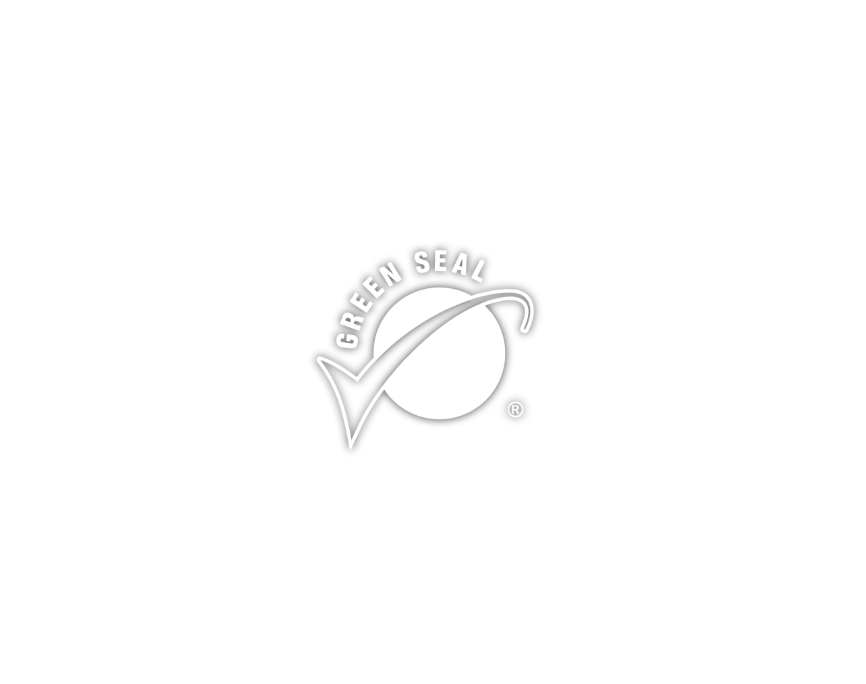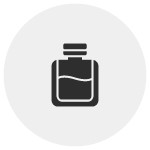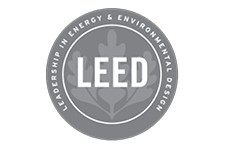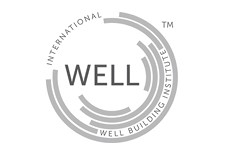WHAT GREEN SEAL CERTIFIES
Green Seal’s GS-44 leadership standard means a soap, cleanser, hand sanitizer or shower product is safer for human health and the environment compared to similar products while providing uncompromising performance. Also included are alcohol-based hand sanitizers that are leave-on products meant for consumer use. Download the full GS-44 standard.
PERFORMANCE OF GREEN
Our standards ensure the product performs as well as or better than other nationally recognized products of its type for equivalent usages and at equivalent concentrations. All Green Seal certified products must demonstrate an effective level of performance via an objective, scientifically validated method conducted under controlled and reproducible laboratory conditions.standard ensures the product performs for its intended use.
































